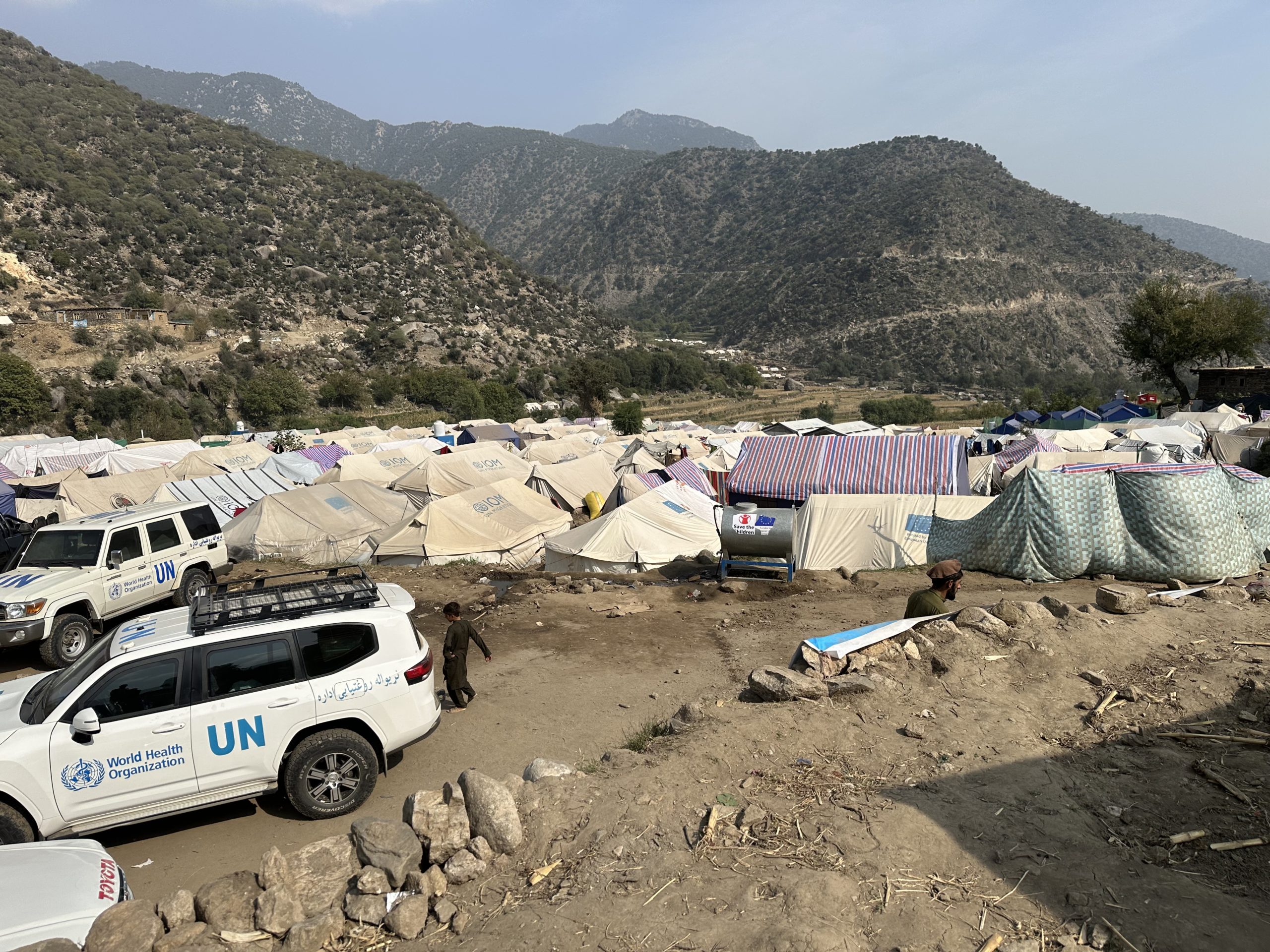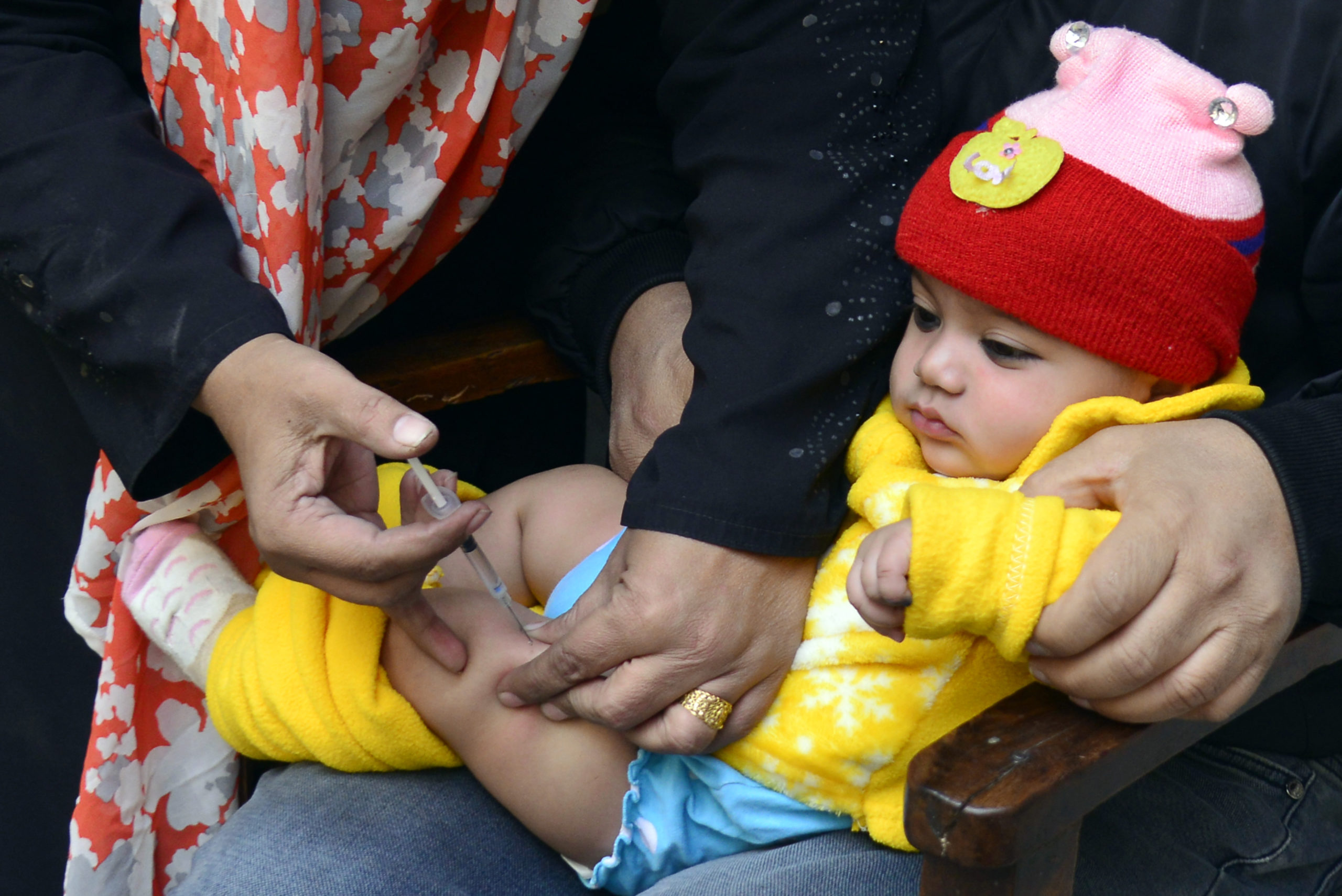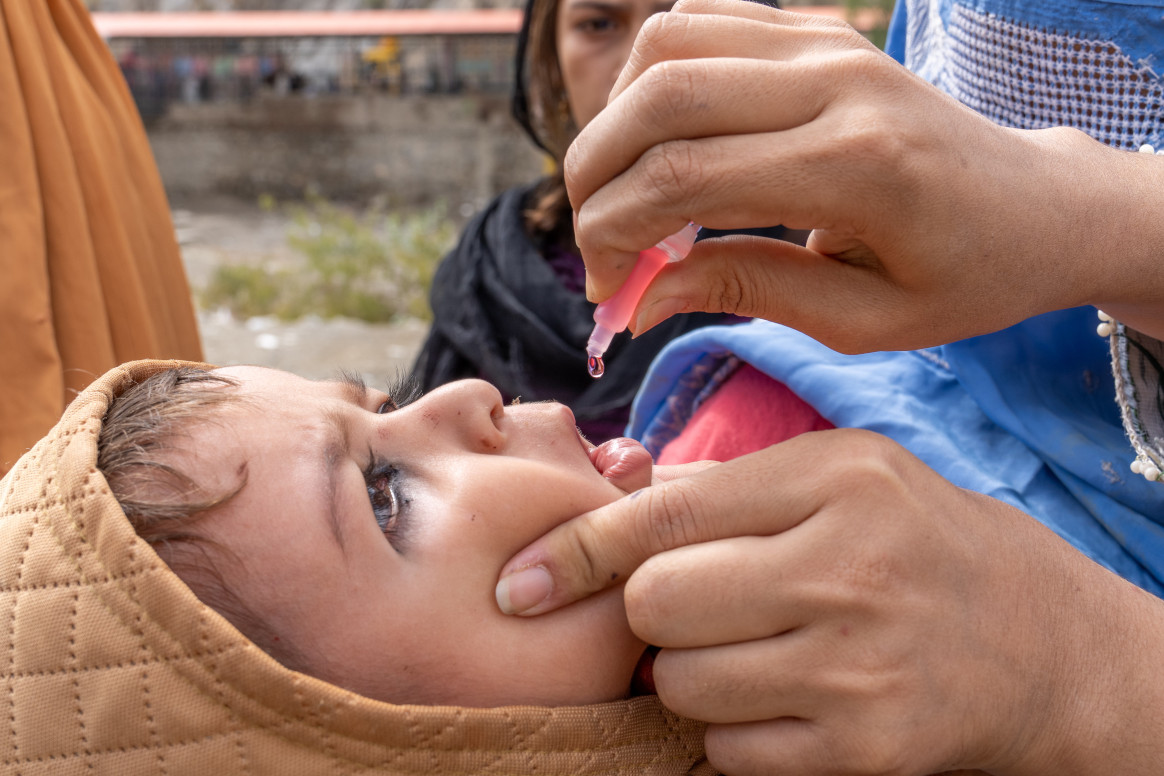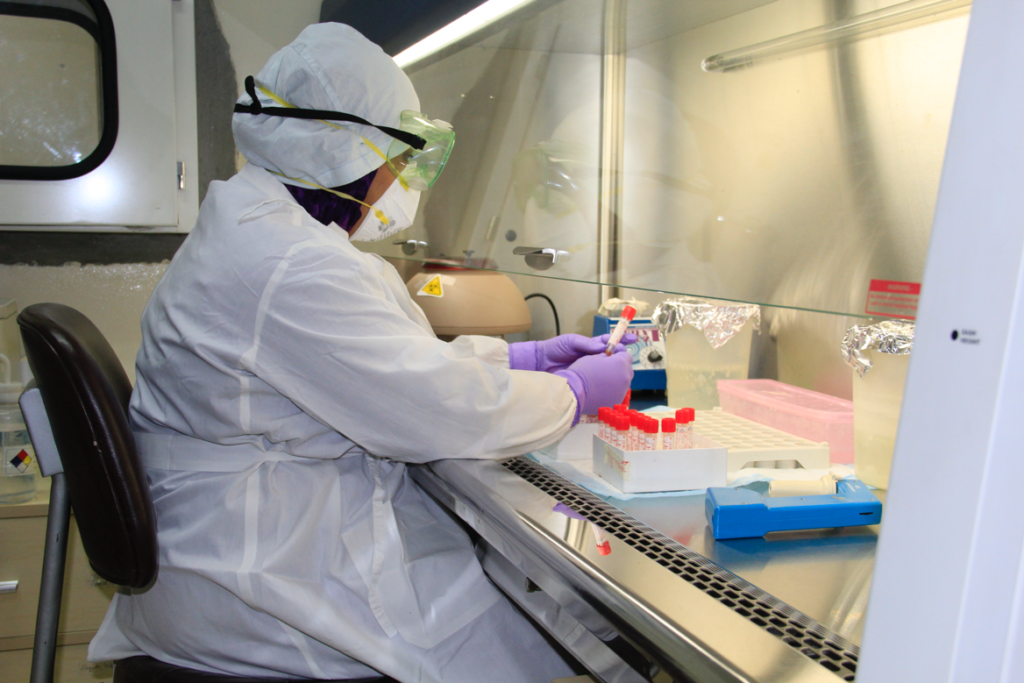
As the world edges closer towards eradicating polio, a critical challenge remains: the safe handling and storage of poliovirus in facilities that will keep it for vaccine production and research. ‘Containment’ is about ensuring that risks of accidental or deliberate release of poliovirus, from these places into communities, are minimized to prevent polio from resurging after eradication. It involves facility certification against strict biorisk management requirements to allow ongoing work with the virus. But these are places that know they have poliovirus. What about places that may be keeping the virus but don’t know it?
What is PIM?
Polio is spread fecal-orally or through respiratory routes, and poliovirus Potentially Infectious Material (PIM) refers to fecal, respiratory, or concentrated sewage and other environmental samples collected in a time and place where polioviruses were circulating or oral polio vaccines were in use. These types of samples, often collected for reasons unrelated to polio, can be found in laboratories and research centres. Facilities with a high probability of holding PIM include those researching rotavirus or other intestinal viruses, hepatitis viruses, influenza/respiratory viruses, or measles virus. Others could include those involved in nutrition research or environmental facilities.
To help facilities identify and take action to minimize risk of PIM, WHO has developed special guidance. Depending on materials found, certified containment or other precautions may be necessary.
“We most often associate poliovirus containment risks with places that knowingly keep infectious poliovirus stocks,” said Dr Lucky Sangal, virologist and poliovirus containment focal point at WHO’s Southeast Asia Regional Office in Delhi. “But other, ‘non-polio’ facilities inadvertently holding PIM are also a risk and we urge countries to make use of the available guidance so that their facilities know what to do if they discover they have PIM in their possession,” she said.
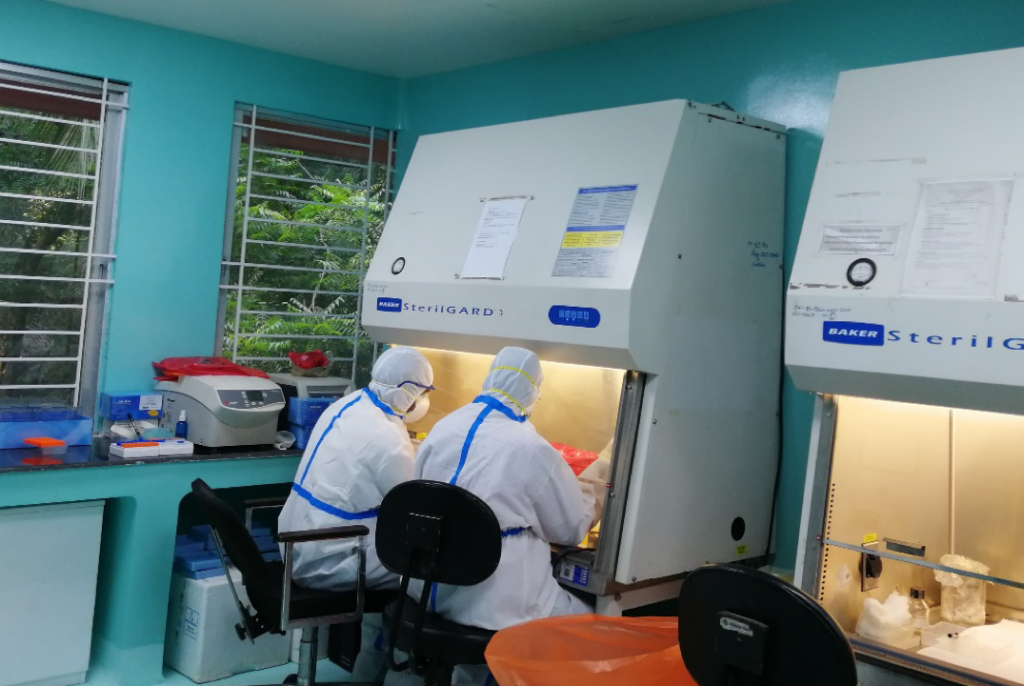
Bangladesh’s efforts to root out PIM
Bangladesh saw its last case of polio in 2006 thanks to robust surveillance, vaccination and multi-sector collaborations. While the country has no facilities that plan to retain poliovirus infectious material long-term (and thereby undergo containment certification), it is home to several labs and research centers known to be working with PIM.
Dr Khondoker Mahbuba Jamil, virologist and head of the National Polio and Measles-Rubella Laboratories at the Institute of Public Health, and coordinator of the National Task Force Committee for poliovirus containment (NTFC) within Bangladesh’s Ministry of Health and Family Welfare, has been involved in PIM risk management since 2013. Also a member of Bangladesh’s expert review committee for poliovirus, and passionate about preventing polio regaining a foothold in her country, she coordinates national surveys and inventories and conducts lab visits to evaluate risks, orientate staff on WHO guidance and oversee the destruction of PIM – as the WHO-recommended solution to eliminate risk.
“To maintain Bangladesh’s polio-free status, we must keep the pressure on from all angles, including biorisk management. It’s vital that labs and research facilities in-country know exactly what they are handling and storing so that risk can be effectively managed and public health is not jeopardized,” she said.
“The NTFC provides guidance and supervision to, and closely monitors the work of all labs and research centres working with stool, respiratory and environmental specimens,” she explained. “These facilities can collect and use samples, but any suspected poliovirus samples must be tested by the national polio lab to make sure they are not infectious for poliovirus,” she added.
The work of icddr,b
One such facility working with PIM is icddr,b, formerly the International Centre for Diarrheal Disease Research, Bangladesh, in Dhaka. Through innovative research, the centre is committed to addressing public health challenges in low- and middle-income countries.
Dr K. Zaman, Senior Scientist at icddr,b’s Enteric and Respiratory Infectious Disease Division, also a member of WHO’s Strategic Advisory Group of Experts on immunization polio working group and Polio Research Committee, is involved in several polio vaccine clinical studies in Bangladesh, requiring the collection and use of human biological samples.
“My particular research involves work using a range of different polio vaccines and human samples. The research we do here is important and I am proud to say that a number of icddr,b’s findings have informed GPEI’s polio endgame strategy to end this devastating disease,” said Dr Zaman. “For PIM, we work closely with the NTFC to ensure the proper management of our samples in accordance with WHO guidelines – from bench work to storage for short term retention, to destruction if needed,” he said.
Global impact
Currently, 22 countries host 78 facilities retaining poliovirus infectious materials, with the majority moving to achieve certified containment. While the identification of facilities retaining infectious materials has been completed, the search for PIM is an ongoing process. Bangladesh’s continuous work to manage PIM risk is an example of vigilance and global citizenship.
“Bangladesh has done a stellar job in keeping polio at bay despite a myriad of challenges and it being one of the most densely populated countries in the world,” said Dr Sangal. “The government’s dedication not only to vaccination and surveillance, but also to PIM risk management, shows its commitment to protect its population and also its neighbours from polio,” she said.
“Our responsibility goes beyond borders,” said Dr Mahbuba Jamil. “By securing PIM, we contribute to global health security. We must all do our part, and rigorous protocols demonstrate our commitment to responsible science and global health goals,” she said.

